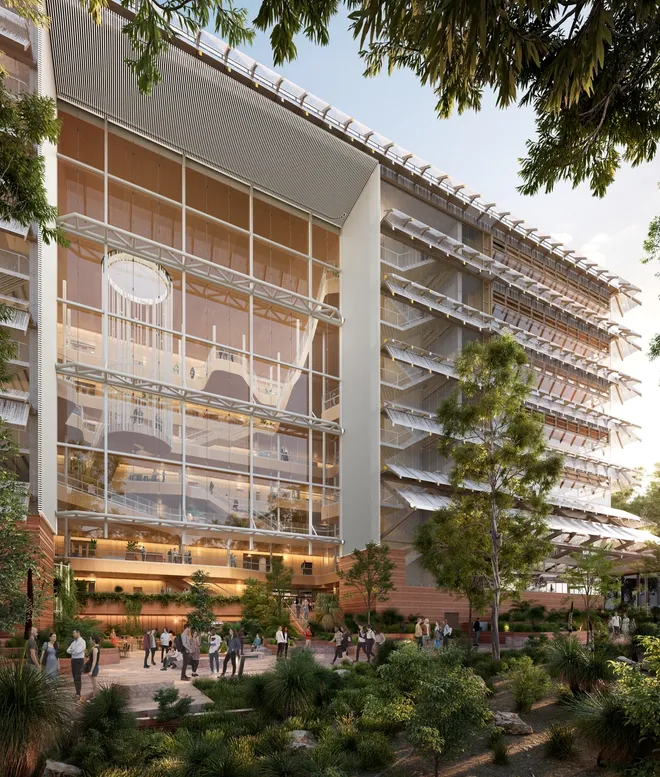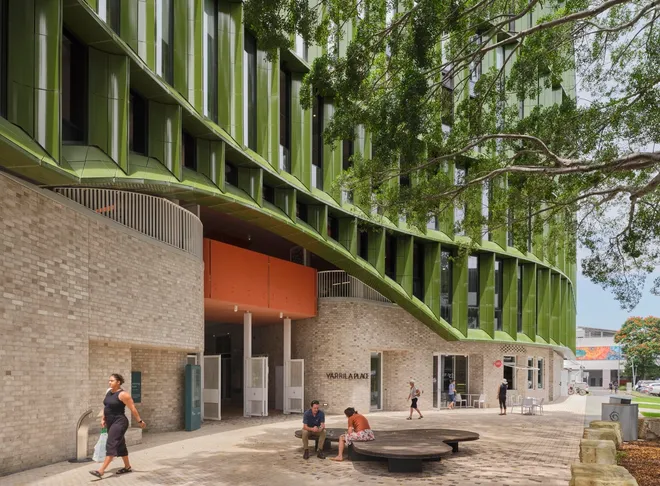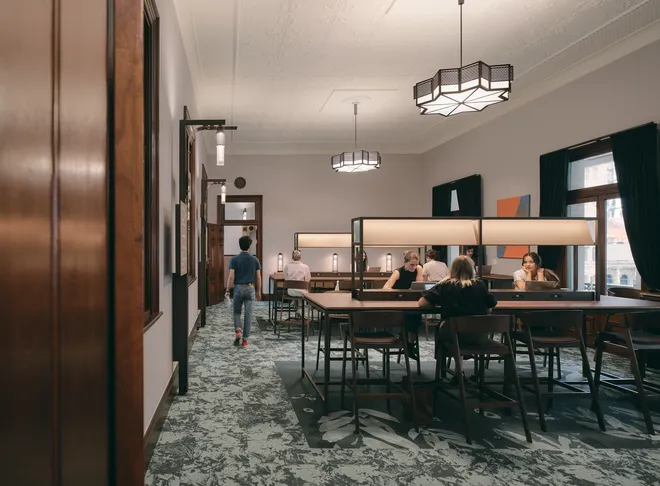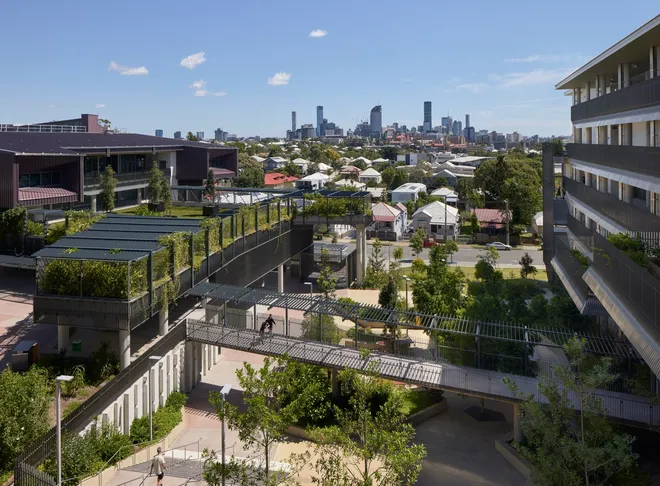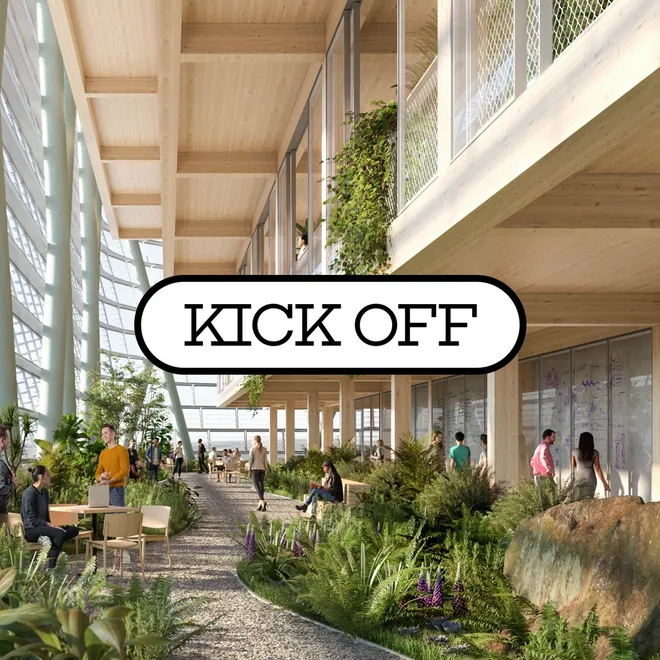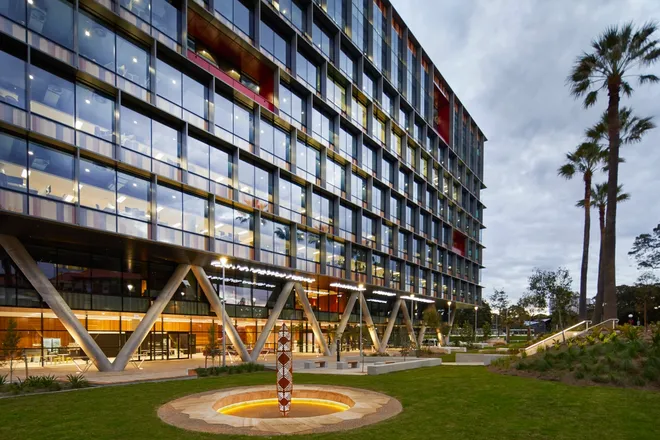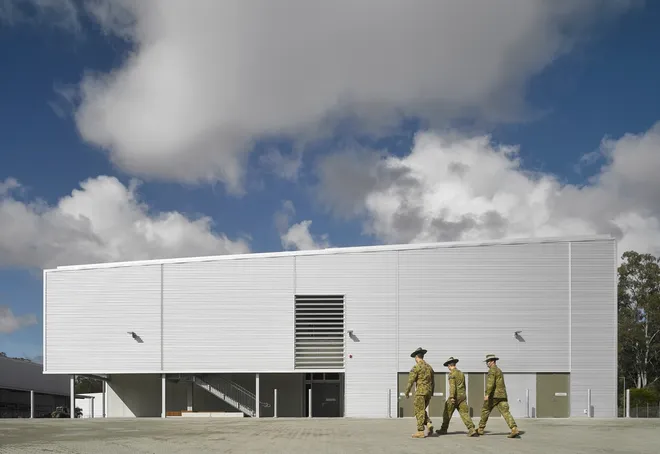Designing with Country
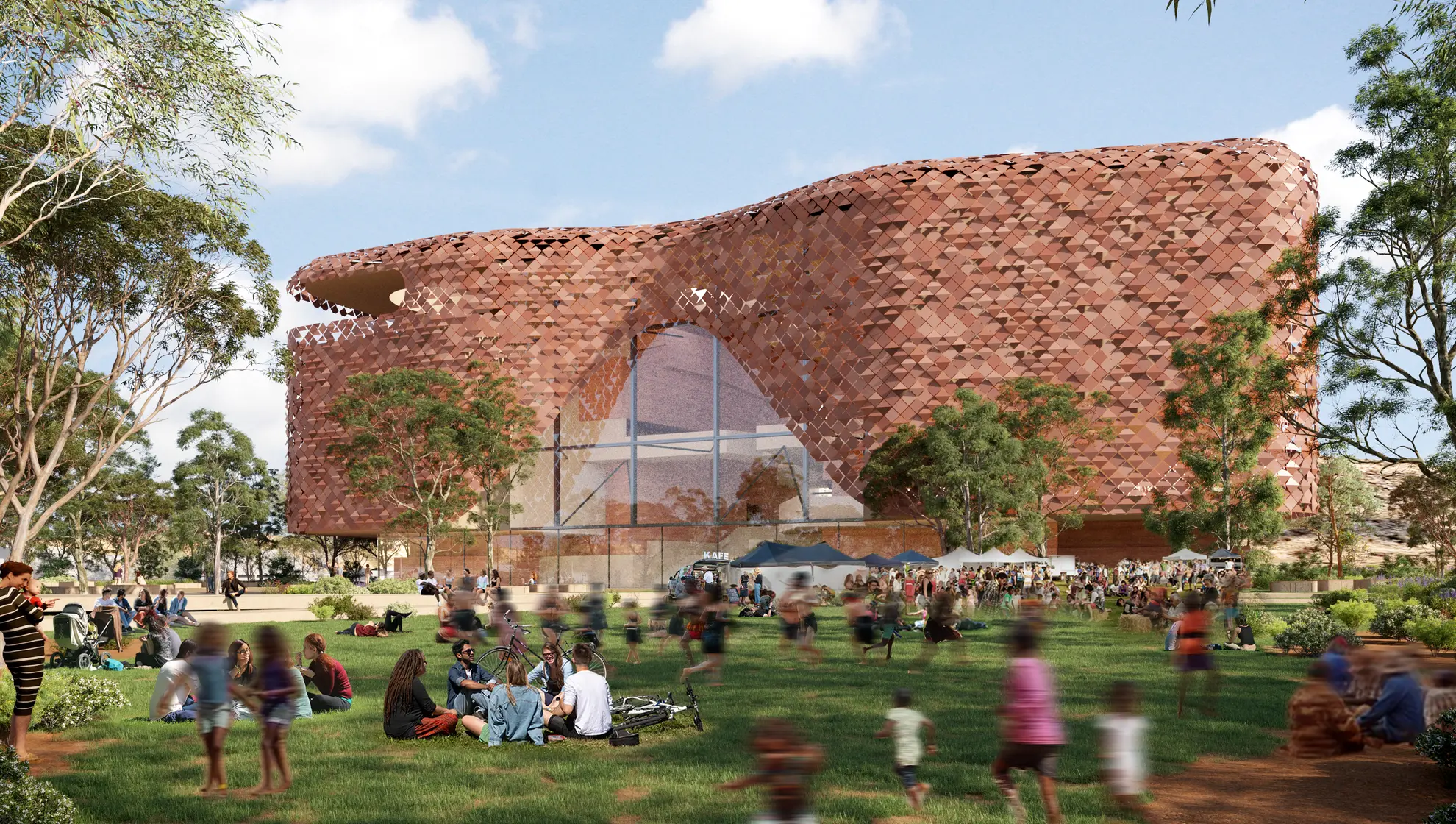


When First Nations speak of Country, it is about the place of their ancestors, stories, lore and knowledge. These memories and connections form the basis of songlines and bind people to their Country. Country is a matter of sustenance and is therefore as much a cultural and spiritual condition as it is a scientific or physical one.
Acknowledging that a site belongs to a specific Country on a particular part of this continent enables us to draw inspiration, ideas and opportunities directly from that place and the people who belong to it. Our Designing with Country work guides the way we think about projects that engage with First Nations communities and contexts.
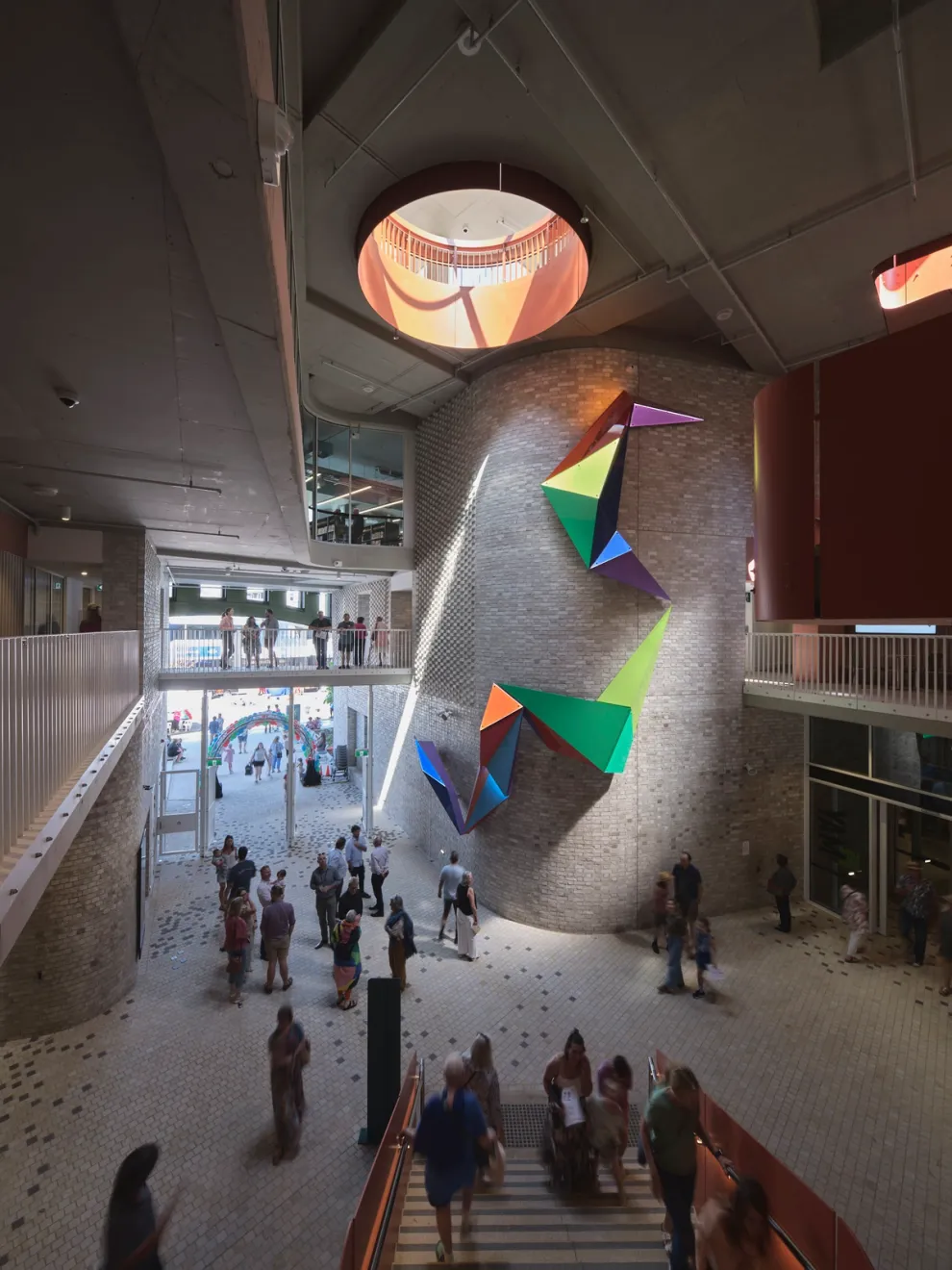
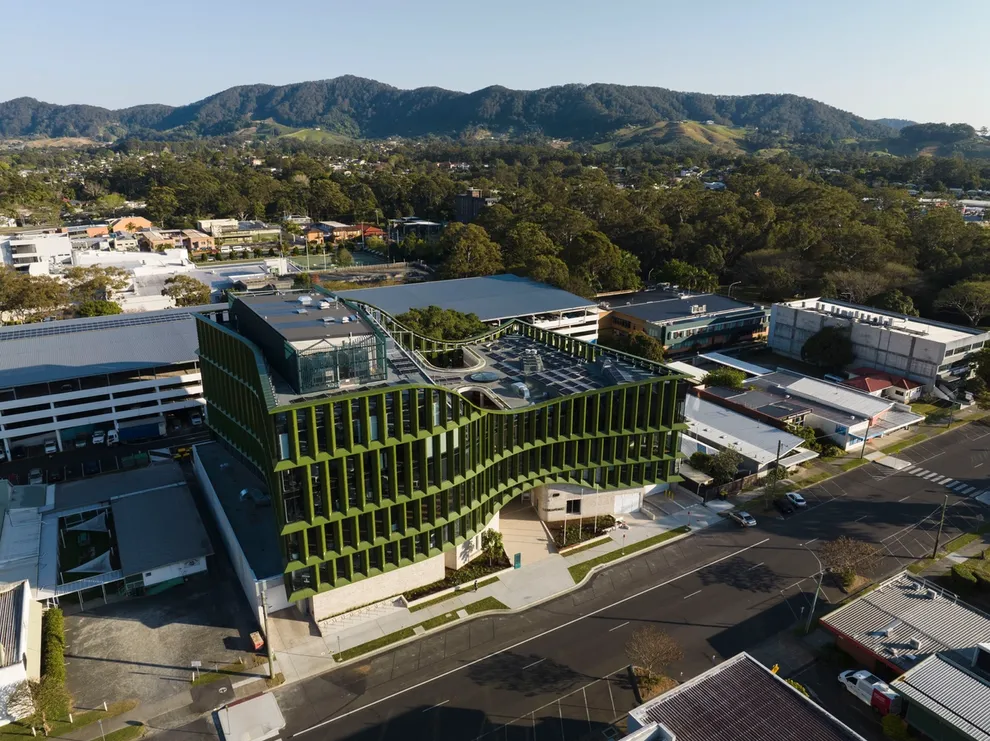
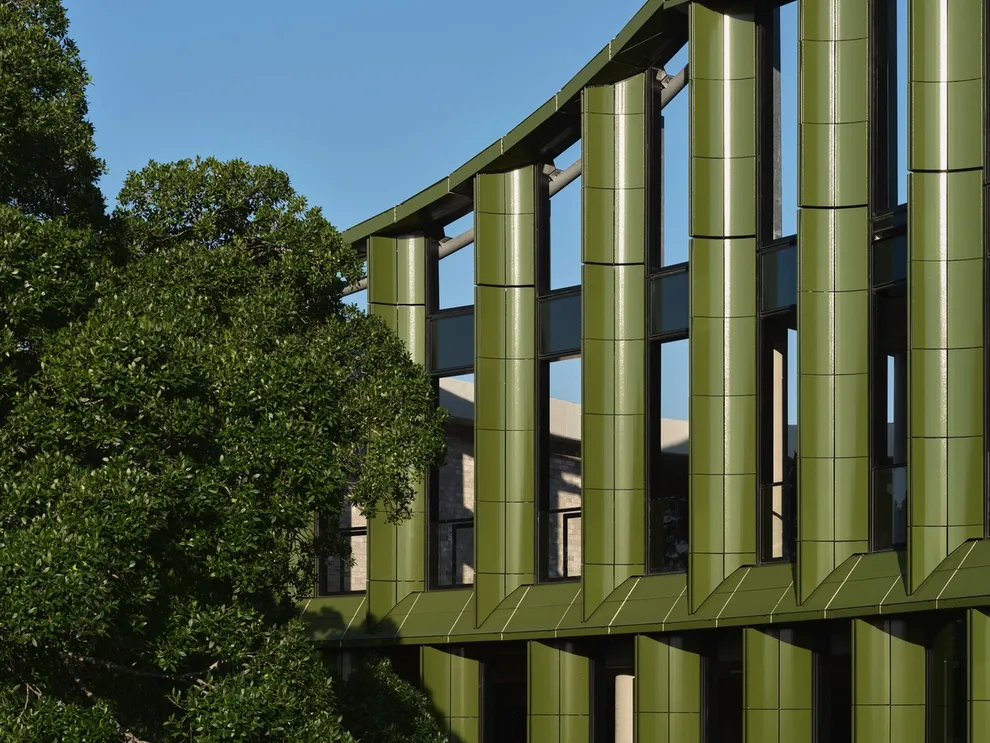
Built on the lands of the Gumbaynggirr People, our design for Yarrila Place creates a recognisable landmark that serves as a thriving community hub and regional tourist destination for Coffs Harbour.
Why would we make buildings, modern precincts and communities connect to Country and what makes this important?
Our underlying belief is that it is the first point of connection to culture, creativity and science, and an awareness that it has existed in Australia for over 50,000 years.


Understanding Country means we stop reading landscape as being empty and start to see that parts of the land have been ritualised and have meaning beyond what we can see. In thinking about Country, there is a logic for movement located in the idea of a track, logic for occupation emanating from the idea of a camp and logic for events found in the idea of ritual.
The ambition of the Designing with Country Framework is to enable a greater relationship between people, knowledge and environment and work towards a non-conflicted future. This ambition can be realised by acknowledging the significance of First Nations culture in the reconsideration and development of the built environment.


Our approach to Designing with Country is grounded in an understanding that there are many layers of influence that can affect the outcome of a project.
The first layer is First Nations and acknowledges and engages with the Community to understand aspirations, the connection to, and characteristics of, Country and culture.
The second layer is Colonial and draws upon the economic networks and hard infrastructure that has shaped the urban landscape of the present day.
The third layer is Multicultural and, by way of inclusion, acknowledges the modern multicultural history and vibrancy of the locale.
The fourth layer is bound to the Technological and understands that harnessing current technology connects to the future.
The fifth layer is Global and seeks to both benchmark the project as an exemplar and understand its relevance on the world stage.
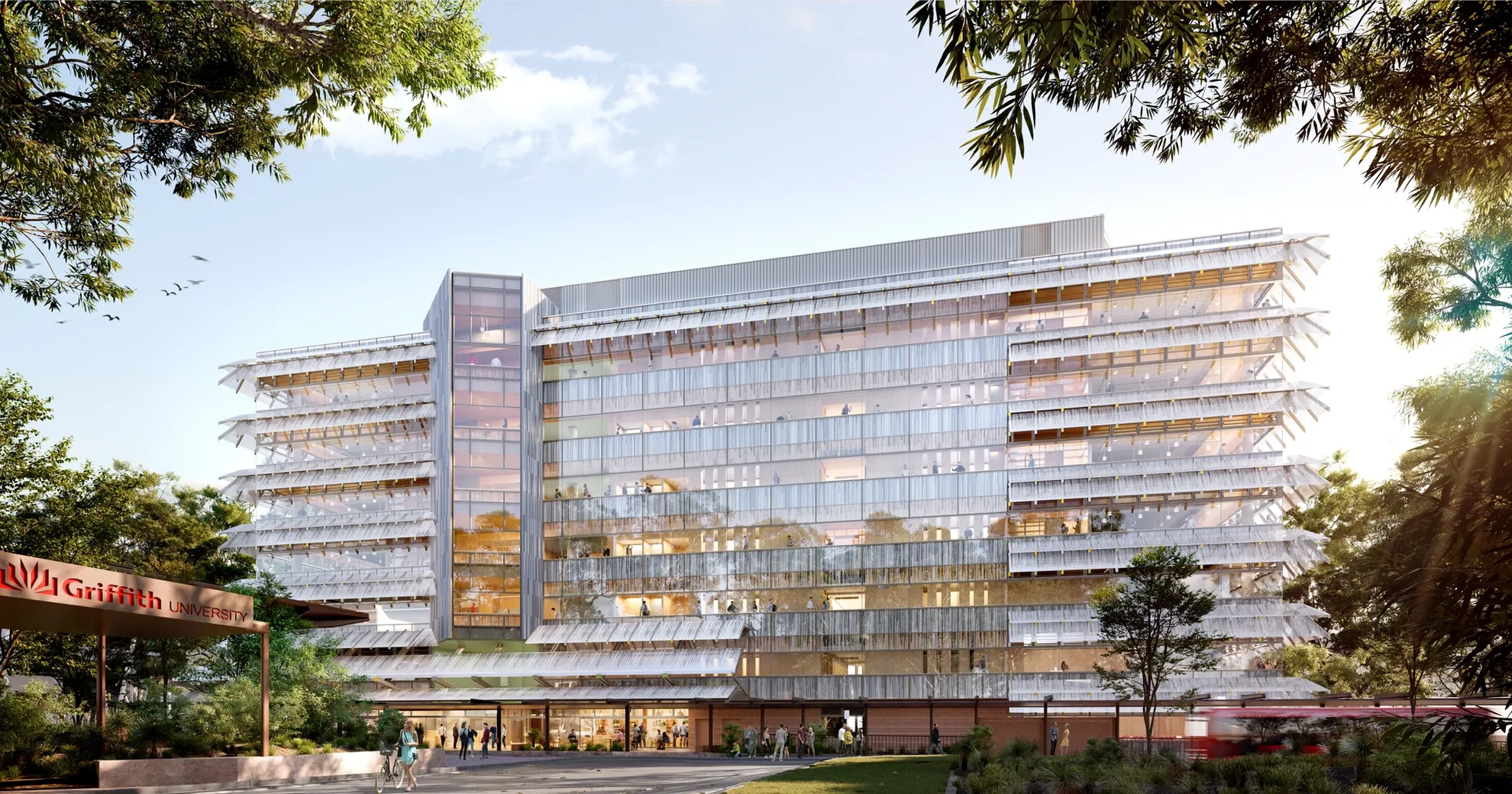

At Griffith University, notice how a 'track' can wind its way through the bush campus and buildings. Here, a primary vertical circulation path begins at the courtyard and extends through the research, learning and work spaces, connecting them through this highly-interactive, three-dimensional public realm. As well as linking spaces, this 'track' reveals an opportunity for visitors to understand the building and its relationship with Country.
By embedding Designing with Country into our multi-layered design approach to open ourselves and our clients to the potential of learning from First Nations communities. What better way to understand the cultural tapestry that will take us into the future than acknowledging the ancient origins of Country.


